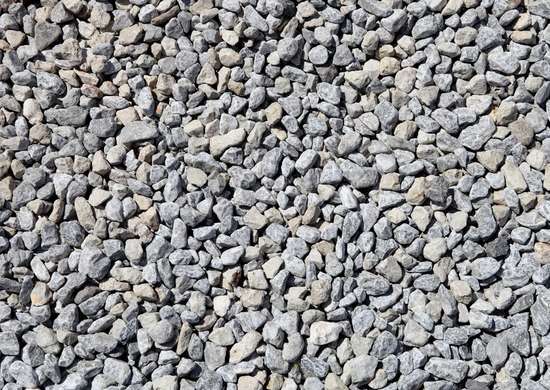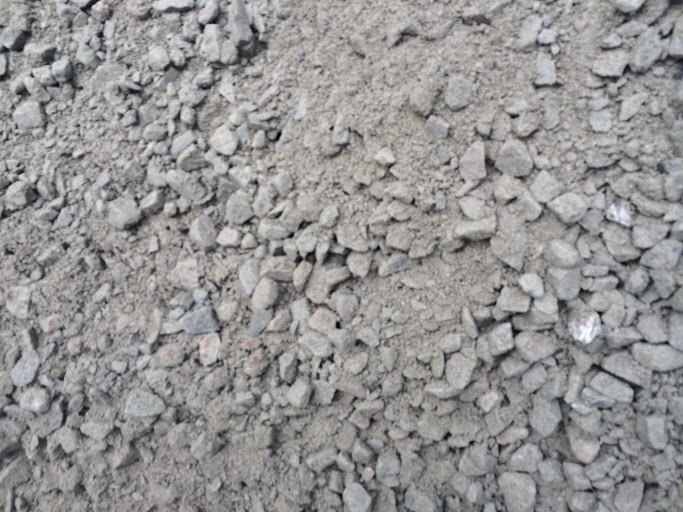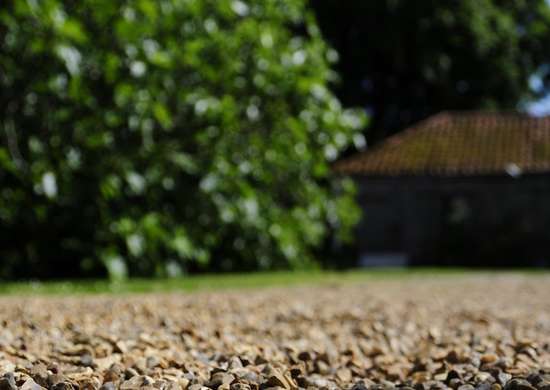Here you can see the different types of Gravel we can furnish and what the use is..

Gravel is typically graded by size, and most driveways use at least three different sizes of gravel that are put down in layers to create a solid foundation and ensure proper drainage. A popular choice for the bottom layer is #3 stone, which ranges in size from one to two inches in diameter. Also called “clean stone,” this base gravel is made from machine-crushed stone and is composed of irregular rock fragments. A four-inch-thick layer of this type of gravel forms a strong foundation for the driveway while ensuring proper drainage.Gravel is typically graded by size, and most driveways use at least three different sizes of gravel that are put down in layers to create a solid foundation and ensure proper drainage. A popular choice for the bottom layer is #3 stone, which ranges in size from one to two inches in diameter. Also called “clean stone,” this base gravel is made from machine-crushed stone and is composed of irregular rock fragments. A four-inch-thick layer of this type of gravel forms a strong foundation for the driveway while ensuring proper drainage.

Another popular gravel often used as a foundation for driveways is known as Item #4, which is a mixture of machine-crushed stones that measure roughly the size of a golf ball, along with sand and dirt. Item #4 comes in a variety of compositions, including Recycled Item #4, which consists of recycled concrete, blacktop, brick, rock, and other stones; Quarry Item #4, or crushed limestone; Gray Item #4, which is dark gray in appearance; and Crushed Bluestone Item #4, a dark blue-gray stone often used in municipal paving projects. No matter its makeup, all Item #4 gravel is suitable for the base layer of a driveway.

This rough stone is (as the name implies) comprised of lava rock. It measures between 1/8 and 2 inches (3.2 to 51mm). The gravels are used as decorative ground cover and borders in gardens.

River rock—also known as creek stone—consists of gently rounded, semi-polished stones that have been dredged or scooped from the beds of streams or rivers. While not an ideal choice for the top layer of a driveway—the smooth stones shift significantly under the weight of vehicles—river rock does make an attractive and durable edging material to hold other types of surface-level driveway gravel in place.

Base stone Gray crushed granite fines, mixed with 3/4 inch size crushed stone granite gravel. Packs down tightly and can be used for filling in holes in driveways or paths. Normally used as first layer of driveway or walkway 3 to 4 inch recommended the first time. This product is also used for the base for patios and walls.

Quarry process stone—also known as crusher run—is another good option for the top level of a driveway or walkway. Composed of a blend of smaller crushed stone and stone dust, crusher run typically includes a higher percentage of stone dust fines. As the gravel settles, the dust seeps into the spaces between the gravel and compacts, forming a smooth, semisolid surface. If you use quarry process stone in your project, it is essential to crown the driveway—grade it so that the middle is slightly higher than the sides—to ensure that rainwater will drain properly and also to reduce damage to the driveway.

An eye-catching option for the top layer of a driveway, pea gravel consists of naturally weathered stones that are small, smooth, and rounded. Pea gravel comes in an array of colors, or in multicolored mixtures, and is popular as a top layer because of its attractive appearance and smooth texture. One caveat: Because the rounded stones don’t lock together in the same way as angular fragments of crushed stone, pea gravel is more likely to move under vehicles, and can migrate off the driveway surface unless edging is added around the driveway to hold the material in place.

White marble chips sparkle and shimmer in the sunlight, creating stunning visual impact and adding an aesthetically pleasing element to the front yard. Marble chips make an elegant top layer for driveways and walkways—the only downside is the cost, which is substantially higher than that of other types of stone. Like pea gravel, marble chips are quite smooth, so they, too, require an edging material to keep them in place and prevent all that expensive stone from washing away.

When you think of a gravel driveway, you may imagine a sleepy, dusty lane that leads to a quaint rural cottage or farmhouse on a lonely country road. In reality, gravel is equally at home in rural, suburban, or urban environments, and its durability, affordability, and ease of installation make it a smart paving option for driveways. If you are considering a gravel driveway, you should be aware that not all gravel is created equal: Gravel can range in size from tiny sand-like grains of crushed stone to larger rocks left behind by retreating glaciers. Gravel can be made from just about any natural stone and is available in a wide variety of colors. A gravel driveway requires at least three layers, beginning with large stones at the bottom, medium in the middle, and small stones on top. Check our guide to see which types of stone are best for the job.

Another popular gravel often used as a foundation for driveways is known as Item #4, which is a mixture of machine-crushed stones that measure roughly the size of a golf ball, along with sand and dirt. Item #4 comes in a variety of compositions, including Recycled Item #4, which consists of recycled concrete, blacktop, brick, rock, and other stones; Quarry Item #4, or crushed limestone; Gray Item #4, which is dark gray in appearance; and Crushed Bluestone Item #4, a dark blue-gray stone often used in municipal paving projects. No matter its makeup, all Item #4 gravel is suitable for the base layer of a driveway.

Jersey Shore gravel is a type of small stone aggregate characterized by its yellow color, a composite of shades of gold, tan, white, and brown. Jersey Shore gravel, which mimics the color of beach sand, is often used as a top layer in driveways throughout New England and the Mid-Atlantic States. Jersey Shore gravel is similar to pea gravel in its smooth, rounded shape, and like pea gravel requires a driveway border or edging to hold it in place.